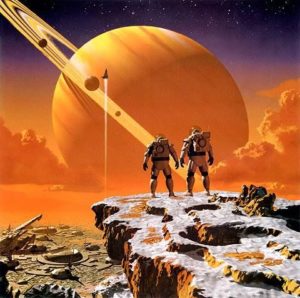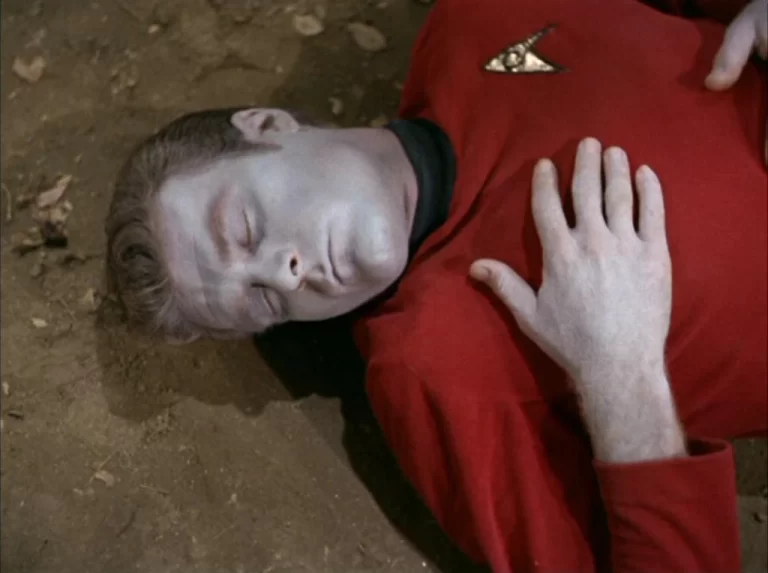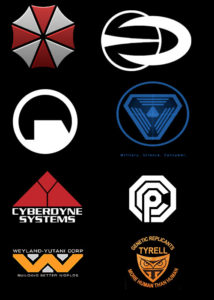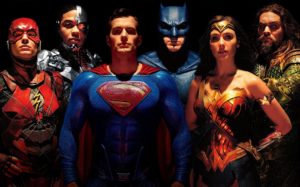(Originally posted on
I received a lot of feedback on my Hopeful Science Fiction Versus Hopeless Science Fiction post. The lion’s share, however, consisted of people pointing out how hopeless things are.
Sigh.
So to follow up, I thought I’d explore the genesis of this mindset. Despite the mounting evidence that, despite travails, we are easily in the best time to be alive, all remains doom and gloom. We can’t possibly survive. We’ll choke ourselves in pollution, fry like eggs in global warming doom, slaughter one another in war, or all fall to starvation and disease.
Crap. Seriously, that’s crap.
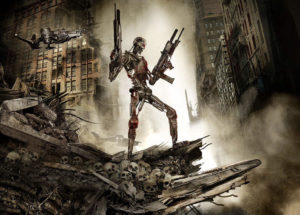
Could it happen? Sure. Lots of things could happen. However, few people seem to be basing these outcomes on science or present trends. They’re told constantly in journalism and entertainment media that The End is Nigh! Every news outlet will give you the worst case scenario of . . . well, everything. They’ll tell you that all the experts agree that doomsday is just a stone’s throw away.
And for the journalism industry, I know why. Danger and doom sells. Few people read the headline saying: Everything’s Okay. You don’t tune into the local news and expect to see a story about how nobody got shot and nobody got roasted in a house fire. Put up a sexy blurb about a campus rape, though, and watch the numbers go up.
It’s the nature of the journalism beast. I don’t like it, but I do understand it.
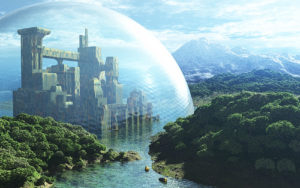
But the entertainment industry? Why? Why is there so much doom and gloom? Positive and uplifting science fiction typically outsells the hand-wringing doom. Not always, of course, but dystopian worlds have their own appeal. But as a rule, the science fiction with hope and heroes gets better mileage than hopelessness and anti-heroes.
Hell, even in bleak settings, you can still have hope. You can aspire to something better. Bleak settings make hope and heroes shine all the brighter.
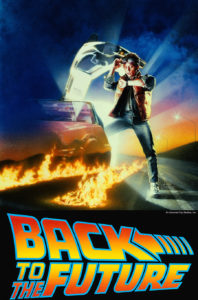
Nine of the top ten highest-grossing science fiction movies are essentially positive (Avatar being the hold-out). It’s dominated by Star Wars, and even though the science is goofy and some of the movies execrable, the message is essentially positive. The heroes can win. Evil can be overcome. Even in Independence Day (which I actually loathe) the message is that humanity can overcome tremendous obstacles. Back to the Future is an amazingly positive trilogy of movies, especially the ending.
Because here’s the secret: people like positive messages–even goofy, horribly-scripted ones (I’m looking at you, Independence Day). They want to look towards the future with hope, not doom.
Maybe the problem is that people see it as naive, and not realistic. To have hope for the future is quaint and old-fashioned–even if the trend is towards a better world.
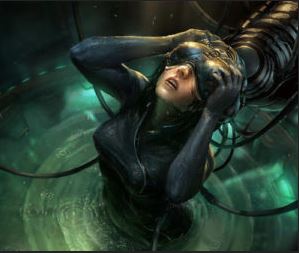
Breakthroughs in genetic engineering through CRISPR technology, emerging nanotechnology, increasingly capable AIs, GMO foods, better air and water and decreasing violence are all the trends. We are on the cusp of an amazing new world–and a lot sooner than you expect, thanks to exponential trends.
And yet . . .
And yet so many people see nothing but destruction and death in our future. Nothing but the same in our science fiction books and movies. Do they genuinely believe this, or does it seem foolish to say anything else? Do they seek depth in gloom, like an Emo-obsessed teenager?
I don’t know. I only know that despite the pall of inevitable chaos rising from mass media, the future’s so bright, you gotta wear shades.
